The Business Technology Standard (BTS) framework is supported by a comprehensive collection of in-depth documentation known as the guides. These co-created materials explore specific areas in detail and provide practical tools to help you apply BTS in your work.
All guides can be accessed in reading mode through the BTS Learning Portal, making it easy to explore the content.
For those who need to work more deeply with the material, PDF versions are provided through training, where you also gain the necessary competence to use the guides effectively. A good understanding of BTS is essential to get the most value from the content, which is why completing the relevant training is recommended before applying the material in practice.
We offer a short introduction to the guides below.
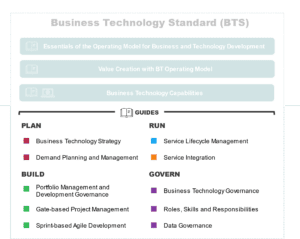
The BTS guides have
The guides are now optimised for both human readers and AI agents.
Business Technology Strategy

Business technology strategy helps align business and IT around shared priorities, using must-win goals to steer focus. It turns strategy into action with clear roles and capabilities, while rolling planning and transparency keep it responsive and ready to adapt.
Demand Planning and Management
 Demand planning and management transform business needs into prioritised development work through roadmaps, development initiatives, and development requests. It helps teams organise their efforts using clear demand types and connects business design with technology planning for full alignment.
Demand planning and management transform business needs into prioritised development work through roadmaps, development initiatives, and development requests. It helps teams organise their efforts using clear demand types and connects business design with technology planning for full alignment.
Portfolio Management and Development Governance
 Portfolio management and development governance helps prioritise the right initiatives at the right time, aligning portfolios with business goals. It introduces just enough governance to maintain focus while linking strategy to delivery through strong financial and role-based structures.
Portfolio management and development governance helps prioritise the right initiatives at the right time, aligning portfolios with business goals. It introduces just enough governance to maintain focus while linking strategy to delivery through strong financial and role-based structures.
Gate-based Project Management

Gate-based project management offers governance for large, complex projects, balancing structure and flexibility through key approval points. It supports hybrid ways of working, blending agile and traditional approaches with shared tools and practices.
Sprint-based Development Management
 Sprint-based agile development enables fast, flexible value delivery through short, focused cycles. It helps agile teams stay aligned with business priorities and connects the full delivery flow from initial demand to operational service.
Sprint-based agile development enables fast, flexible value delivery through short, focused cycles. It helps agile teams stay aligned with business priorities and connects the full delivery flow from initial demand to operational service.
Service Lifecycle Management
 Service lifecycle management brings structure to how services are planned, built, and operated. It ensures alignment with business goals and cost efficiency. Combined with service integration, it supports both strategic direction and day-to-day excellence.
Service lifecycle management brings structure to how services are planned, built, and operated. It ensures alignment with business goals and cost efficiency. Combined with service integration, it supports both strategic direction and day-to-day excellence.
Service Integration
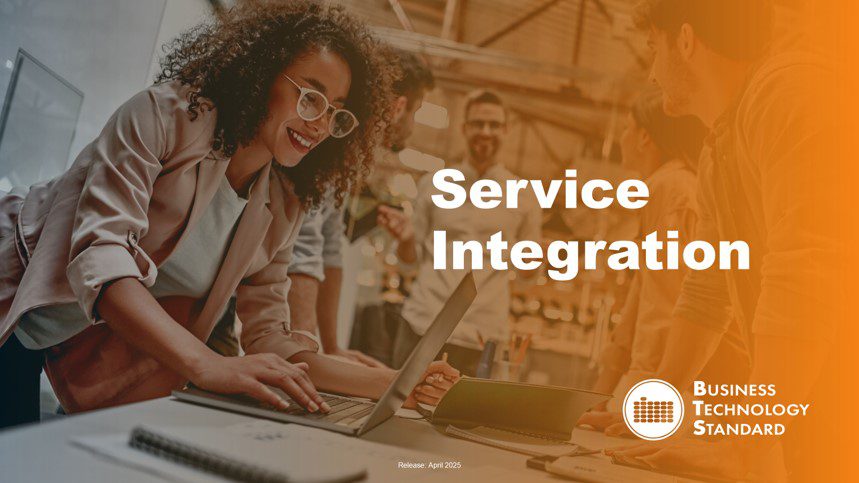 The service integration ensures smooth collaboration between internal teams and vendors, even in complex setups. It supports reliable service releases, operational oversight, and continuous improvement across the full lifecycle.
The service integration ensures smooth collaboration between internal teams and vendors, even in complex setups. It supports reliable service releases, operational oversight, and continuous improvement across the full lifecycle.
Business Technology Governance
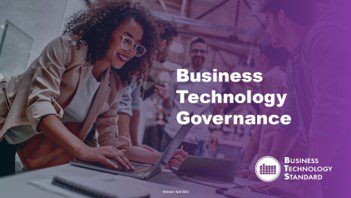 Business technology governance sets up clear, effective decision-making across the organisation. It strikes a balance between structure and agility and defines roles and responsibilities to ensure accountability and smart resource use.
Business technology governance sets up clear, effective decision-making across the organisation. It strikes a balance between structure and agility and defines roles and responsibilities to ensure accountability and smart resource use.
Roles, Skills and Responsibilities
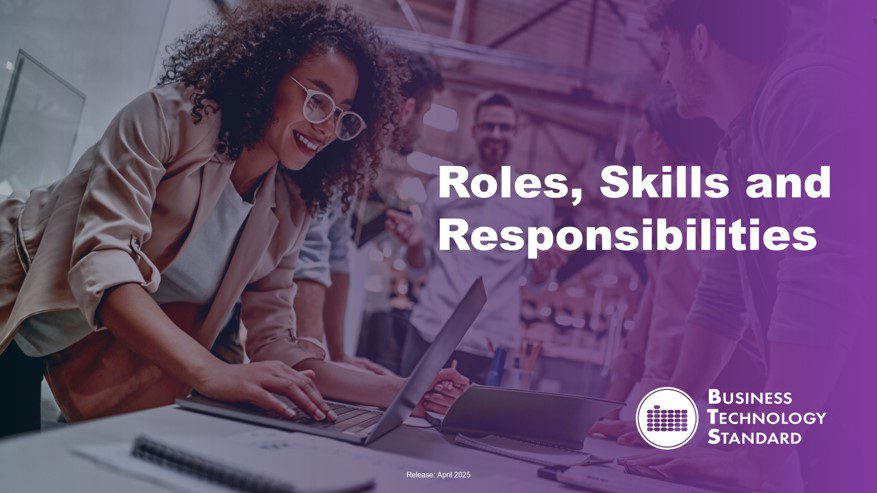 This guide defines roles that focus on real value creation, not just job titles. It connects people to purpose through identity-based roles and supports close collaboration between business and technology teams.
This guide defines roles that focus on real value creation, not just job titles. It connects people to purpose through identity-based roles and supports close collaboration between business and technology teams.
Implementation of ERP Solutions
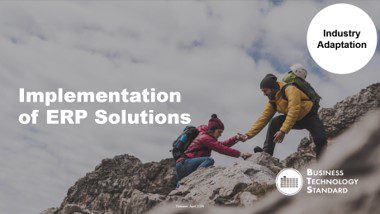 This guide supports the planning and implementation of ERP solutions using BTS practices. It helps align business and IT, structure development efforts, and manage change across large, complex organisations with clear governance and value-driven delivery.
This guide supports the planning and implementation of ERP solutions using BTS practices. It helps align business and IT, structure development efforts, and manage change across large, complex organisations with clear governance and value-driven delivery.
Development of Urban Services
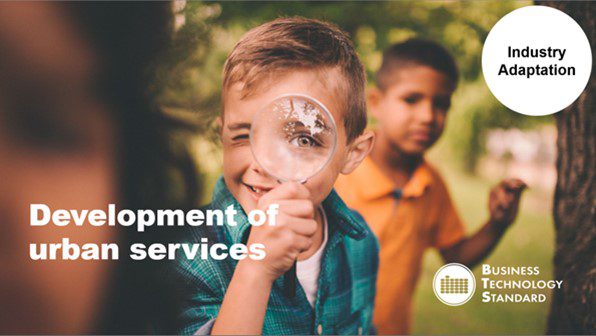 This guide helps public and municipal organisations design and deliver citizen-centric urban services. It applies BTS principles to balance strategic planning, agile development, and service management, ensuring transparent, inclusive, and efficient outcomes.
This guide helps public and municipal organisations design and deliver citizen-centric urban services. It applies BTS principles to balance strategic planning, agile development, and service management, ensuring transparent, inclusive, and efficient outcomes.
Development of Platform Solutions
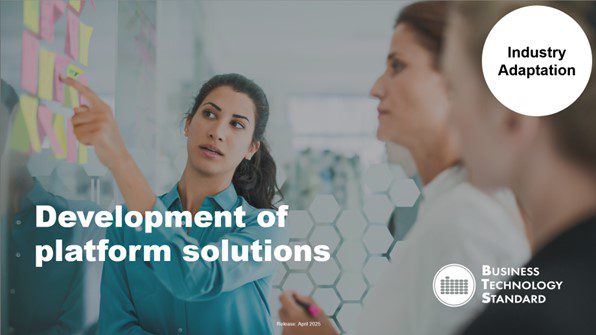 This guide supports the development of scalable, modular, low/no code platform solutions that serve multiple business areas. It applies BTS structures to manage shared capabilities, drive collaboration across teams, and ensure value delivery across the platform ecosystem.
This guide supports the development of scalable, modular, low/no code platform solutions that serve multiple business areas. It applies BTS structures to manage shared capabilities, drive collaboration across teams, and ensure value delivery across the platform ecosystem.